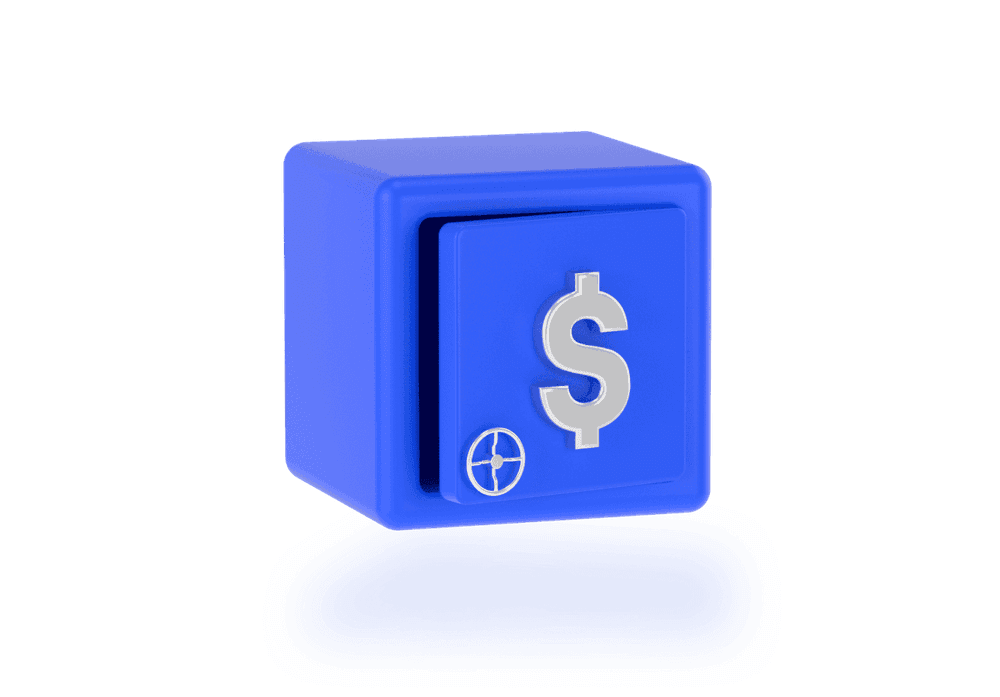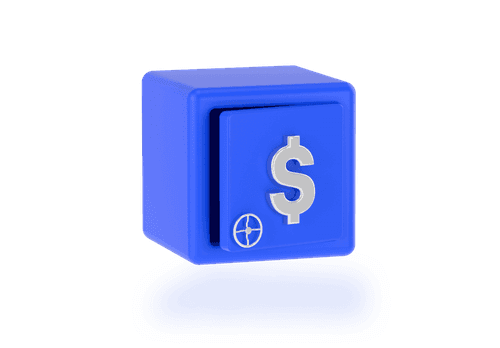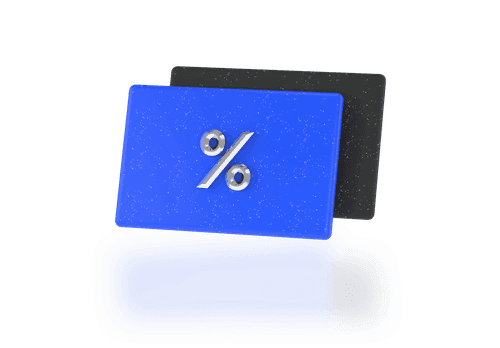Intermediate
Dividends and Stock Investing: What You Need to Know

Investing in dividend-paying stocks can be an excellent approach for those new to the stock market. These types of stocks often show better performance than the broader market index, like the Dow Jones, with reduced risk. The key advantage of dividend stocks lies in their dual benefit: they offer a steady income through dividends and the potential for stock price growth. This combination can lead to substantial returns over time.
However, it's important to understand that investing in dividend stocks still carries risks, especially if you're not aware of certain pitfalls. In this article, we'll explore the basics of investing in dividend stocks, making it easier for beginners to grasp this investment strategy.
Understanding Dividend Stocks
Dividend stocks are shares of companies that pay out a portion of their earnings to shareholders. This payment, known as a dividend, is typically made quarterly and is a way for companies to share their financial success with their investors.
Let's simplify with an example. Imagine you purchase 50 shares of a company at $20 each. The company announces an annual dividend of $1 per share. By investing $1,000 (50 shares x $20), you stand to earn $50 (50 shares x $1) in dividends annually. This translates to a 5% dividend yield (dividend per share divided by the share price).
When you receive dividends, you have several choices:
- Reinvest Them: through a Dividend Reinvestment Plan (DRIP), you can automatically buy more shares of the same company.
- Invest in Other Stocks: use the dividend to buy shares of a different company.
- Save: add the cash to your savings.
- Spend: use the dividend for personal expenses.
No matter the stock price's movement, your dividend payments are expected to continue, provided the company maintains its dividend payout.
The main attraction of dividend stocks lies in their dual return. First, you get the predictable income through dividends, usually paid quarterly. Second, you can benefit from capital appreciation if the company's stock price rises.
However, not all companies can sustain dividend payments in every economic climate. That's why it's crucial to have a diversified portfolio of dividend stocks. This diversification can provide a more stable and reliable income, even in fluctuating markets.
Dividend Investment Strategy
Here's how you can effectively invest in dividend-paying stocks:
Track the Dividend Calendar
Every dividend stock has a dividend calendar, often available on the website of the stock-issuing company. This calendar shows important dates, including when dividends will be paid out. Buying shares before the ex-dividend date ensures you'll receive the upcoming dividend. As long as you hold the shares, you'll continue to receive dividends.
Understanding Income Investing
Dividend investing falls under the broader category of income investing, which focuses on generating regular income from your investments. This strategy is particularly appealing for those who need a steady cash flow, like retirees.
Benefits of Stock Investment
Apart from regular income, dividend stocks often come with the benefit of capital appreciation. Over time, the value of the stocks can increase, offering you an additional return on investment.
Selecting the Right Stocks
When choosing dividend stocks, look for companies with a strong track record of dividend payments and financial stability. Some popular dividend stocks known for their consistent performance include:
- Johnson & Johnson: A healthcare giant with a long history of dividend increases.
- Procter & Gamble: Known for its consumer goods, it's a staple in many dividend portfolios.
- Coca-Cola: A global beverage leader, offering reliable dividend payments.
- AT&T: A telecommunications powerhouse, often favored for its high dividend yield.
Use a Brokerage Account
To buy dividend stocks, you'll need a brokerage account. Dividends are paid directly to your account, making it easy to track and manage your income.
Reinvest Your Dividends
Consider using a Dividend Reinvestment Plan (DRIP) to automatically reinvest your dividends into buying more shares. This can compound your returns over time.
Diversify Your Portfolio
While dividend stocks are generally less volatile, it's important to diversify your investments to mitigate risk. A mix of different sectors and industries can provide more stability to your portfolio.
By following these strategies, you can maximize your returns from dividend stocks, enjoying the benefits of both regular income and capital appreciation. Remember, successful dividend investing involves both selecting the right stocks and managing your investments wisely.



















